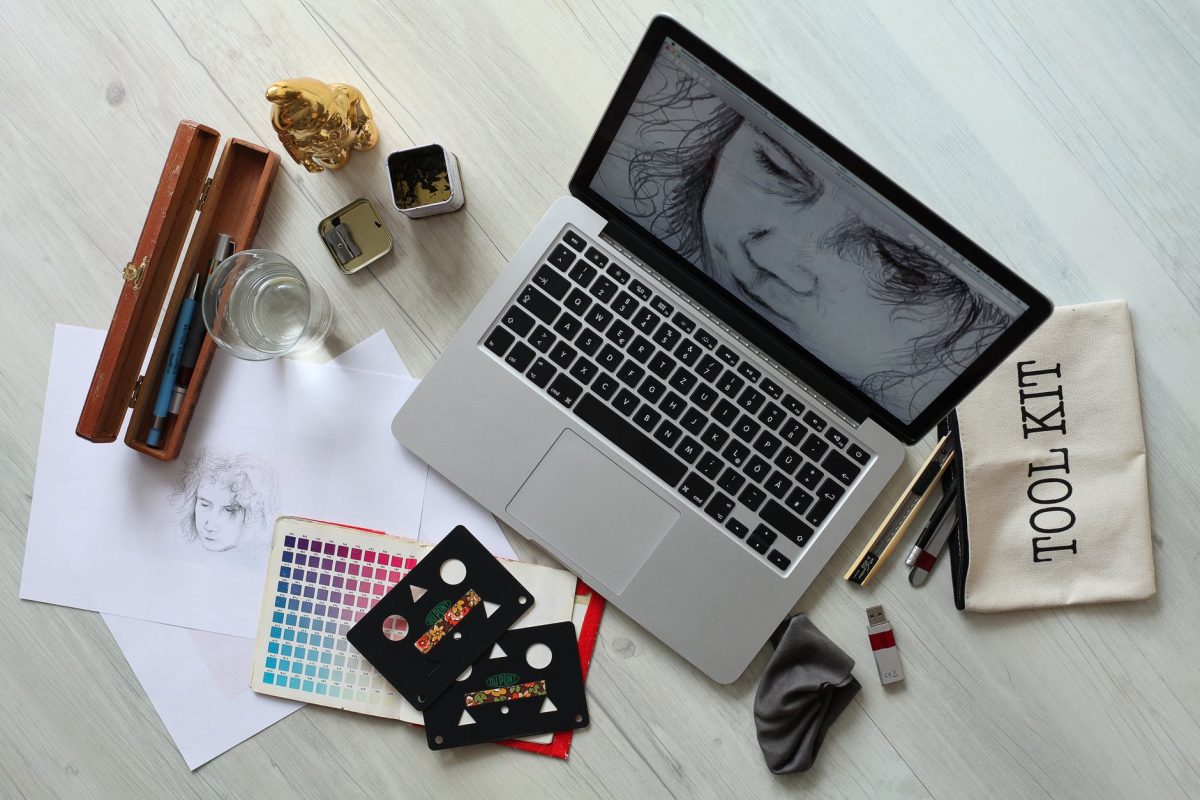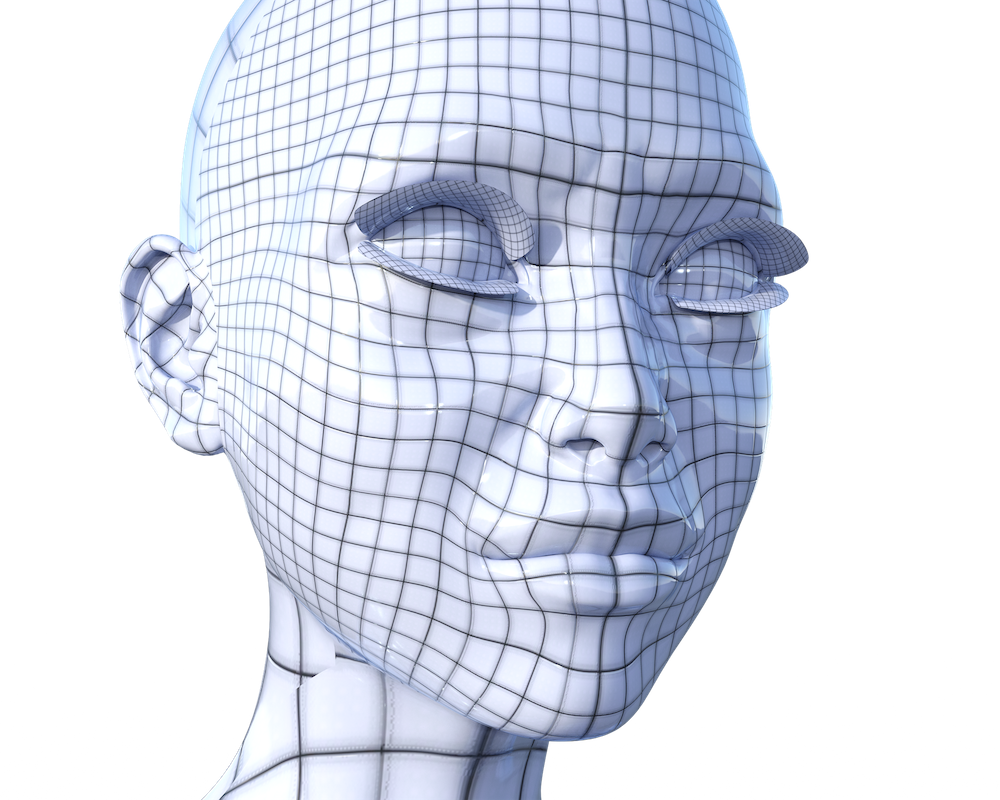Asking if the internet is dead is an absolutely ridiculous question, especially if you have read that on a computer or mobile phone. How could a something that we need on a daily basis be dead? Isn’t the internet more significant than it already is? In the art word the internet has made a huge impact, you can see that even an average museum display would be interactive and use technology in some way. The displays can be conventional or they can be as out there as art made from computer parts!
According to the Berlin-based artist, Hito Steyerl, who asked that question in a recent essay for a website about arts, e-flux, the very ubiquity of the internet means that it in fact no longer has any coherence. It might also say that it doesn’t exist at all. “The internet persists offline as a mode of life, surveillance, production, and organisation.” Steyerl. “It is undead, and it’s everywhere,” he added. The internet has already dug deep into society and is hard to pin down. So hard to catch, that it may in fact be nowhere at all.
Steyerl is now the subject of a retrospective at the Institute of Contemporary Arts in London, and also featured in a new exhibition by the institution, Art Post-Internet, that just recently opened in March at the Ullens Center for Contemporary Art in Beijing. This is a significant event because it introduces many artists from the U.S. and Europe to China for the first time. Digital art has been long sidelined in the discourse of contemporary art, is now being presented in the spotlight.
Double Meaning
Post-internet art can be understood in 2 ways. In one meaning, post-internet art is made after the creation of internet art, a naïve tendency that began early in the 1990s. The internet art of those days often evaded galleries and museums and often appeared on the internet and other internet protocols. It attracted the attention of museums like the Whitney Museum in New York but it never really made it mainstream visibility. Post-internet art made simple, was built on those early trials, taking into account new factors like social media, mobile tech or surveillance.
But post-internet art is something more significant than a response to digital technology. It doesn’t take the internet as a medium but instead as a given, even an unremarkable fact of life – and takes it from there. In the recent work of New Yorker Tyler Coburn, for example, the internet digs beneath the notorious “series of tubes” into the most intimate moments of ours. In his project, I’m that Angel, which takes the form of a performance and a book, Coburn narrates the story of a content-farm journalist who chases stories on trending topics like Google and social media. The character loses his sense of self in the middle of a constant bombardment of digital noise. He is presenting his new work in Beijing that uses an audio track featuring Susan Bennett- a voice actor known for giving life to Siri, iPhone’s technology.

In bringing together different practices, the Beijing showroom makes it clear that contemporary art that answers to digital questions has no single message. It also has another value, bringing together museum artworks that often remain outside of mainstream contemporary art. It is great to see a variety of different works appear in museum display cabinets worldwide.
Artists working together in this digital environment that exists in many corners of the internet might get defensive if not nasty if pointed out, however, there is no denying the influence of new media artists, unit now has been limited. An art historian at the Graduate Centre in New York, delivered the bad news in an article she called “Digital Divide,” published in 2012 and has been a topic of debates ever since. In the ‘90s’ the world wide web was born, and email became the medium, Bishop expected the art world to be changing, but she said this didn’t happen. Interactive real life art has been emerging in popularity in galleries and museums, where technology has disrupted art as a form of entertainment.
The real virtue of post-internet art is not because it collapses the distinction between digital and analogue forms. This is becoming obvious the moment when so many painters use Photoshop and sculptors use CAD software. More importantly, it divulges that the internet is not a magical spell that’s disconnected from all that came before it; it is a fundamental component of everyday life, for better or for worse.
It is argued that the internet does not exist in a rational sense. What exists is technology and technology is not ideology-free. Post-internet art is at it’s best when it recognises that the internet itself is not a huge deal, but what happens around and inside the internet – the economic disturbance, the ecological jeopardy and psychological upheaval – that’s what matters. The rest are just pixels on such a massive screen.



